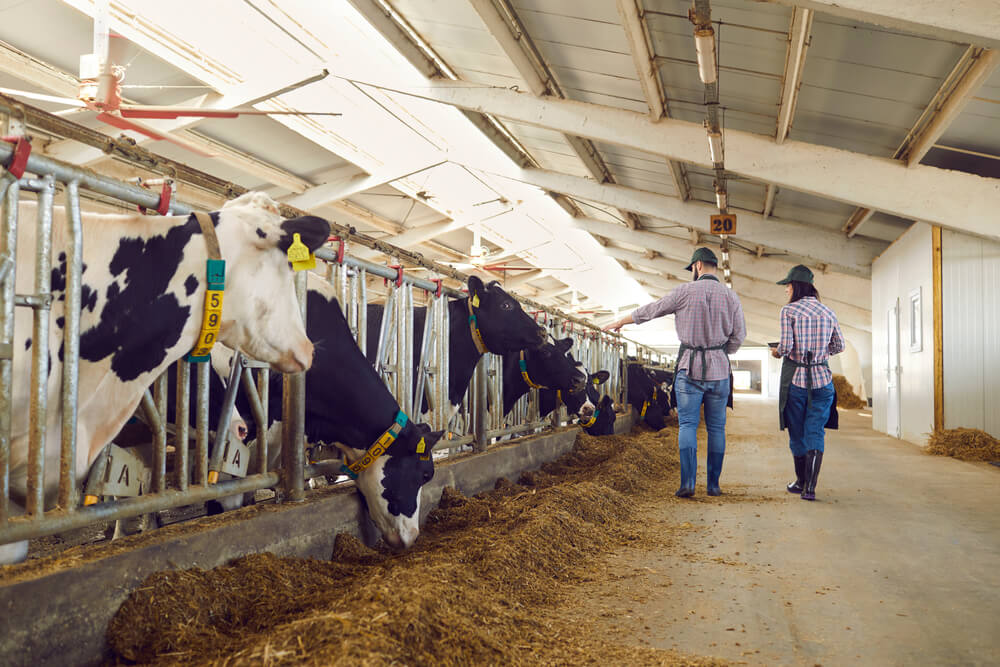Highlights
• One version of the truth instead of diverse standalone solutions
• Insight for decision-making, financial measurement and forecasting
• Local customisation to keep pace with change
• Fully maintained solution to reduce in-house IT burden
• Supports latest statutory reporting and ongoing change
About Torbay and South Devon NHS Foundation Trust
Torbay and South Devon NHS Foundation Trust provides acute health care services from Torbay Hospital, along with community health services and adult social care. It was the first Trust in England to integrate hospital and community care with social care.
The Trust has around 6,500 staff and 800 volunteers. It runs Torbay Hospital as well as five community hospitals and other local clinics. It provides health and social care to the local population, with around 500,000 face-to-face contacts in patients’ homes and communities each year, serving a resident population of approximately 286,000 people, plus about 100,000 holiday visitors at any one time in the summer season
I’d be happy to recommend this product to any other NHS Trust. InView gives us the flexibility to work around a stable core product — and the support from CACI is outstanding.
Stephen Judd, Informatics: Head of Data Engineering – Strategy and Improvement, Torbay and Devon NHS Foundation Trust
The challenge: Inadequate legacy systems and disparate, incomplete data
South Devon and Torbay has used InView for many years, with the original solution implemented in 2006. More recently, the Trust has experienced challenging times in its IT division, with tight budgets limiting staff and resources. This led to key systems becoming outdated, through lack of investment in upgrades and system replacements.
The resourceful IT team used workarounds and in-house development to bridge gaps and connect systems, to draw essential clinical and financial insight from the Trust’s data, stored in disparate sources.
Head of Data Engineering Stephen Judd says, “On top of this, since Covid, there have been big organisational changes in the Trust, including new wards, which affected the data we work with. And a lot of our lookup tables were based on old national standards. Although we had a made series of updates to the standards and data dictionary, our Patient Administration System (PAS) and InView hadn’t caught up.”
In 2020, Torbay and South Devon received funding to upgrade their SQL server and jumped at the chance. Stephen Judd says, “We knew we needed to upgrade the InView system as well and seized the opportunity to present a business case for this. It was accepted – but we needed to implement by the end of the financial year – less than four months away. Normally, we would have planned twice as long for this type of data warehouse project.”
The solution: A new, fully functional InView database and support to prepare and migrate
CACI agreed to work with Stephen and his team to deliver a new InView data warehouse against the tight deadline. Stephen explains, “CACI provided overall consultancy to plan the data warehouse migration. With many vacancies in our data team, we also used CACI consultants to backfill. Due to time and resource constraints, we didn’t have as much engagement with the information team and data team as we wanted. Moreover, some of our old source systems and extracts didn’t have an Information Asset Owner or anyone who understood the data architecture fully. We had to do a lot of interrogation analysis to bridge this knowledge gap. We wouldn’t have been able to deliver the project without CACI’s support with this.”
CACI’s consultants worked with Stephen’s team to implement the latest version of the InView data warehouse for healthcare organisations. It brings together feeds from in-patient, outpatient, critical care, the old maternity system, neo-natal and paediatric and some community and extended data (from InfoFlex) that adds richness and detail to patient records – for example, information from GP discharge letters.
Torbay and South Devon’s core project embraced the core data feeds they knew best. Stephen’s team set a stretch goal to bring some of the Trust’s community data in. This was particularly challenging, as it was poorly defined and spread over eight systems.
Stephen says, “Some of the services had started setting up their own booking systems outside our main PAS and using InfoFlex. Drawing on CACI’s expertise and resources, we were able to merge these in, which has made our data more complete and accurate again.”
To improve outputs and reporting, the team replaced a daily, fixed format export routine originally written in the 1980s. They built new feeds for demographic, inpatient and outpatient data from the SWIFT bed management system.
The benefits: Data best practice from a proven solution and trusted partner
Torbay and South Devon NHS Trust could have chosen to build its own custom solution. But InView has a powerful advantage. Stephen explains: “If we create anything bespoke, we have to support it. And we don’t have capacity.”
There has been a big shift because of Covid – the NHS is moving towards a more standardised national view of income. “InView means we can accommodate national SUS calculations and keep pace as our obligations increase each year, because it uses a recognised best practice approach. With InView, we have a proven, standard platform and can make local adjustments for a perfect fit to our organisation,” says Stephen.
For ongoing support, CACI’s team is responsible for upgrades and loading new tariffs. Stephen can focus his own engineers on getting the data right. This is key, because some of NHS England’s payment to the Trust relies on it. Stephen gives an example: “We discovered that a percentage of our outpatient activity had the wrong consultant speciality, which potentially reduces our national NHS income. With CACI maintaining InView, I have the resources to investigate and rectify that type of issue.”
“The beauty of working with CACI is that they take ownership of everything they promise in the scope of the agreement, and fix it. They provided excellent project management. I didn’t have to chase up work or check every detail – you can only do that with real trust in the team’s capability and judgement to escalate when needed.”
“The InView data warehouse is a product that will last us ten or more years – it’s our one source of data for all key reporting so it’s a critical solution for the Trust. Amongst the many programmes I’m responsible for, it was a relief not to have to worry about this one, because CACI has earned our trust and confidence throughout a long working relationship. CACI’s engineers are extremely experienced and were able to jump in, ask intelligent questions, and deal with unfamiliar and unusual data feeds and systems! The project manager provided excellent communication throughout, so I didn’t need to intervene and always knew the latest status and progress.”
Peter Sheard, IT Programme Manager, Torbay and South Devon NHS Foundation Trust


